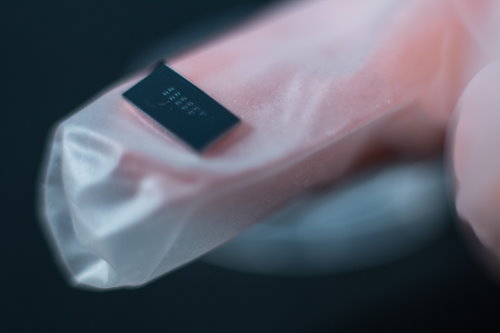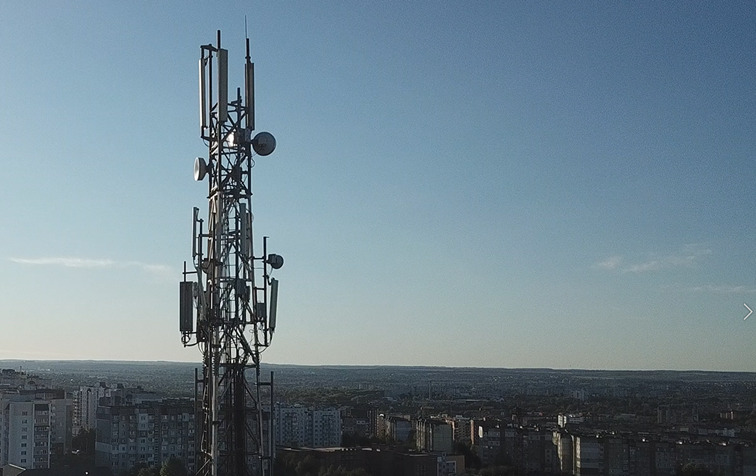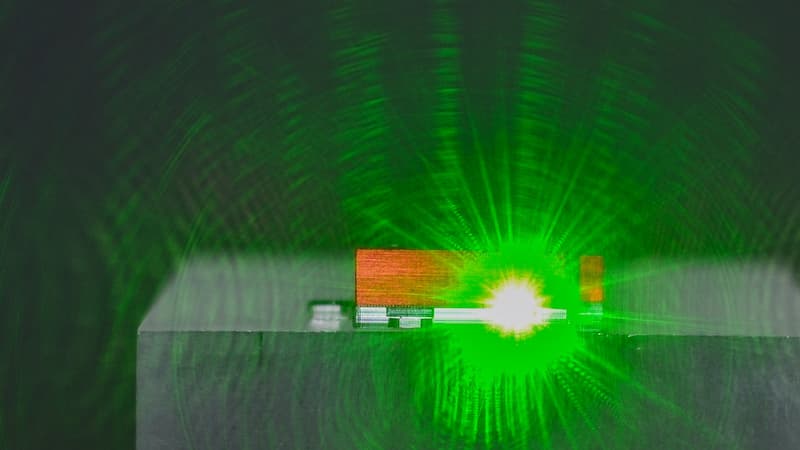Pick of the PICs: The three hottest photonics applications lighting up silicon nitride right now
Arne Leinse, October 27
Arne Leinse, CEO LioniX International
With the PIC International conference round the corner we’re looking forward to (fingers crossed!) the chance to catch up in person with the integrated photonics world. It feels like a good time to talk about exciting developments for photonics applications we’ve seen around the industry.
Whilst the conference scene has been pretty quiet, the PIC world has thankfully not had to take much time out. Of course, there are some who have had to deal with incredibly difficult things throughout the pandemic. But I’m happy to say that a business slow-down has not been one of them. In fact, far from scaling back ambitions, we’ve seen great work across the ecosystem. Specifically, we’ve noticed exciting new developments with project partners and clients.
So I’d like to lift a lid on what has been going on in all those online meetings. And to capture the spirit of excitement that surrounds the return to physical events, I’m offering a preview of our take on where silicon nitride photonics applications are at right now.
Diagnostic Biosensors
We in the PIC industry are, in lots of ways, very fortunate. Not only have most of our markets weathered the pandemic well, but integrated photonics has stood out for making important contributions to the fight against Covid-19. In particular, with developments in photonic biosensors.
No doubt we’ve all had our own experiences with biosensing. Through the now ubiquitous covid-19 testing we’ve likely also become only too familiar with the tricky relationship between test speed, sensitivity and cost. The most sensitive tests are costly and take time because they rely on central lab capacity and expensive instruments. Cheap tests – taken on the spot – are quick but do not offer the same assurance as a more sensitive test. A fast, reliable and cost effective test that society can use to tackle pandemics and also use for rapid diagnosis of cancer and other diseases, does not yet exist.
But biosensor PICs look set to change all this. And thanks to an €8.5 million investment in the technology in May 2021, development is going from strength to strength. The work is being spearheaded by Surfix Diagnostics. The company’s biosensor technology uses novel interferometric components enabled by ultra-low loss silicon nitride waveguides. Eventually, Surfix expect to be able to offer handheld testing with sensitivity comparable to lab-based tests.
Silicon nitride photonic integrated circuits enable biosensors that promise sensitivity on a par with lab based tests but using rapid point-of-care devices.
Integrated microwave photonics for communication
The pandemic has highlighted both the incredible value of digital connectivity as well as the risks of relying on this connectivity. High capacity connections and burgeoning network access enabled us to work, play and stay in touch whilst other parts of our lives ground to a halt. But the global supply chains that we rely on for the components to keep us connected were shown to be less resilient.
Microwave photonics enables vital interconnectivity and is a huge opportunity for European innovators
In the wake of the pandemic, there is renewed focus on the development of massively connected societies. Perhaps even more interestingly this there is new pressure to invest in home-grown capability for network development.
Integrated microwave photonics (iMWP) is a European strength that directly addresses these needs. Using light to process communications signals offers flexible, high capacity networks to support advanced broadband communications.
And the technology is set to be incorporated into commercial demonstrators. In May this year, LioniX International project partner Viasat demonstrated a commercial solid-state-reconfigurable flat panel antenna. The system will enable aircraft to access satellite communications networks for mid-air video streaming and video calls.
It’s a significant development and an inspiring European achievement. But those who know LioniX International, will probably know that we’ve been demonstrating microwave photonic building blocks for the best part of two decades. So why only now are we looking at getting the microwave photonic components into working antenna?
The answer is that whilst exciting proofs of principle of the kind we’ve been publishing are what gets the research community excited, it’s functional modules that get industrial players to the table. So yes, things like low losses and high speed modulation are important. But more pertinent to the commercial world are the exemplary levels of integration and co-packaging that we have now demonstrated.
This means combining the best building blocks for the job, both photonic and electronic in one package. In this latest round of R+D it has enabled us to optimize not only signal processing performance but also the size, weight and power consumption of our beamforming modules. Vitally, it also enables us to provide a flexible “black box” component with inputs and outputs that system integrators understand (in this case RF in RF out). It’s development of these modules that represent the best added value for our customers and it’s where we stand out as a product development partner.
Imaging and remote sensing
PIC-enabled modules are powering game-changing photonics applications elsewhere too. Retinal projection artificial and virtual reality (AR/VR) glasses and LiDAR (light detection and ranging) are two applications that will change the way we see and interact with the world. They will have huge impacts socially as well as economically.
The automotive use of LiDAR technology underpins a market that is forecast to be worth $2.4 billion by 2024. The numbers for AR/VR hardware are even more impressive, reaching a predicted level just short of $90 billion within the same period.
My view is that integration of technology into a module is key for these applications. Whether it’s the tiny, robust light engines required for AR/VR glasses or the power-efficient beam steering required for LiDAR, we can already achieve impressive performance by co-packaging different technology to put the functionality where it fits best. That means high performance hybrid lasers or integrated photodiodes, low-power tuneable passive waveguides or wafer level integration of light sources and photodetectors.
Compact, robust and scalable, PIC modules are enabling game-changing imaging and remote sensing technology.
This approach has also been key to the success of integrated photonics in optical coherence tomography (OCT). Although OCT systems have been used in medicine, optometry and industry for around 15 years, they are undergoing rapid development.
By making use of photonic modules with integrated components, manufacturers can transform bulky trolley-based systems into hand-held devices with fast scanning solid state light sources.
It’s with this approach that we drive innovation. Even across such diverse applications as the ones I’ve mentioned, the methodology remains the same. Combine the technology building blocks that do the job best. Then our customers can focus on developing the functionality they need to push the limits of their industry.
Come and talk with us!
We’ve been fortunate over the last 18 months to have been busy with some incredible work. So now that we have a chance to talk, there’s plenty to talk about! Whether you’re interested in the photonics applications in this article or the approaches I’ve highlighted, or if you just fancy catching up over a beer, I hope you’ll swing by and see us at PIC International.







